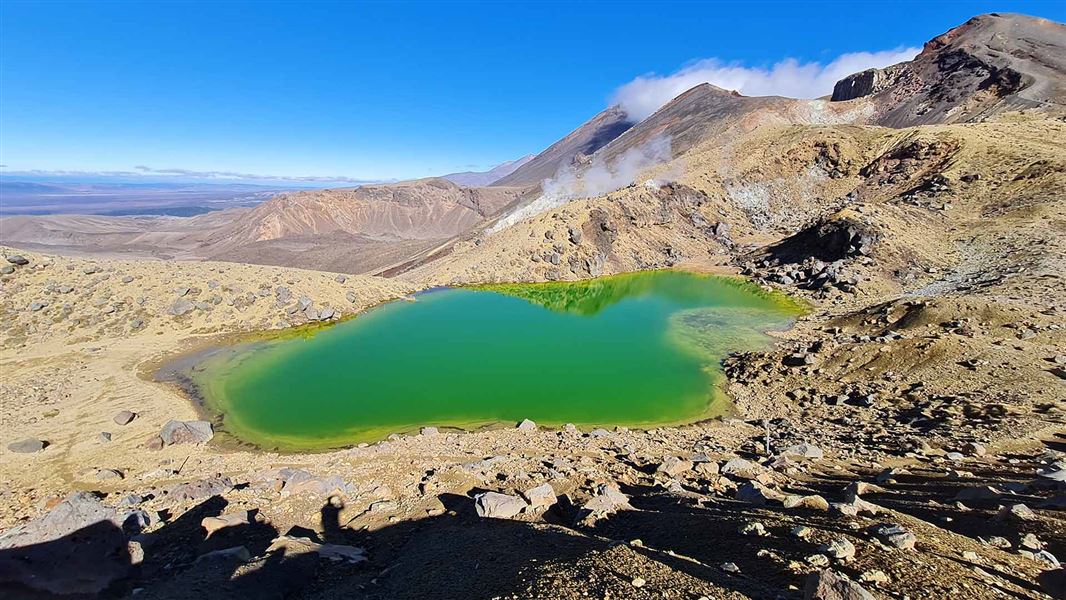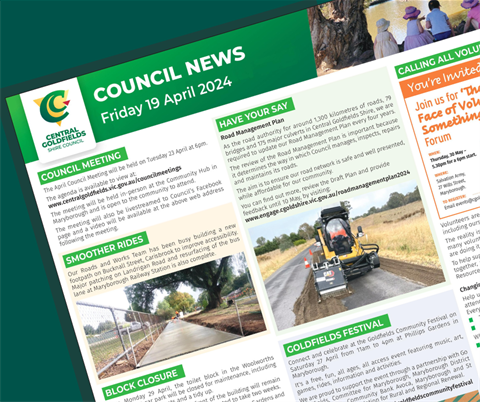- Hon David Parker
The Government has approved three more projects under the fast-track consenting process, bringing the number of projects that are eligible to apply for resource consents to 50.
The COVID-19 Recovery Fast-track Consenting Act 2020 is a key Government lever to grow the economy, boost jobs, speed up infrastructure development and improve environmental outcomes in response to the economic impacts of COVID-19.
“I’m pleased to announce NZ Windfarm’s Te Rere Hau windfarm repowering project, near Palmerston North, has been approved as the fiftieth referred fast-track project,” Environment Minister David Parker said.
“The other two projects approved are the Waimarie Street project residential development in St Heliers, Auckland, and the Flint’s Park West, Ladies Mile-Te Pūtahi project in the Lake Hayes area, Queenstown.
“To date, the 50 projects referred for approval cover 13 of New Zealand’s 16 regions.
“This includes projects from Northland to Wellington and from Taranaki to Bay of Plenty, as well as in Nelson, Canterbury, Otago and Southland.
“Together they have the potential to create more than 18,000 jobs and build 8,772 houses,” David Parker said.
Seventeen of the 50 projects approved under the fast-track legislation have now obtained consent from an expert panel.
These projects are focused on housing, but also include: the Tauhei Solar Farm (Te Aroha); the Ohinewai Foam Factory; the new Whakatane Boat Harbour; the Hananui Aquaculture project (Foveaux Strait); the new Dunedin Hospital, and various other projects expected to promote employment across the regions.
The fast-track process allows for a shorter consenting process that can boost employment and economic recovery but does not replace or circumvent the environmental tests under the Resource Management Act 1991 and is designed to ensure Treaty of Waitangi and Treaty settlement obligations are maintained.
The Minister for the Environment has declined to use the fast- track process for some proposals where public input using the existing RMA processes was considered more appropriate.
“Approval for projects under the fast-track consenting process provides a significant reduction in the time taken to apply for resource consents as well as provide the job and economic benefits that the act was designed to provide.
“Applicants using the fast-track process have saved, on average, 15 months per project,” David Parker said.
Work is being done on whether some form of the fast track process is carried forward into the new resource management system but no decision has been taken.
Details of the latest projects approved:
Project schedule 48 – Waimarie Street, St Heliers, Auckland
This residential development project will create approximately 58 residential lots accommodating approximately 58 residential units in (predominantly) terraced houses between 2 and 3 storeys high, and associated infrastructure including a pedestrian access way to Waimarie Street, vehicle access ways and parking areas, and infrastructure for three-waters services
Project schedule 49 – Flint’s Park West, Ladies Mile – Te Pūtahi
This project is a medium-density housing development in the Lake Hayes area, Queenstown. The project is to subdivide an 18.4-hectare site and construct approximately 315 residential units (or approximately 180 residential units, a church/chapel and a state-integrated school), supporting infrastructure and public open space, on 8.6 hectares of the land.
Project schedule 50 – Te Rere Hau windfarm
The Te Rere Hau windfarm repowering project will redevelop and expand the existing Te Rere Hau wind farm in the Tararua Range south-east of Palmerston North. The project will involve removing 97 existing 2-blade, 47-metre-high turbines, installing 30 new 3-blade, 162-metre-high turbines and constructing associated infrastructure.
Notes to editor
Projects are considered under the fast-track process in two ways: those listed in the Act or those referred by the Minister for the Environment (and jointly with the Minister of Conservation if in the coastal marine area) through an order in council.
- It does not replace or circumvent the current Resource Management Act 1991 environmental test, but it provides alternative pathways for speeding up decisions on resource consents.
- The Act has a ‘sunset clause’ meaning it will be repealed on 9 July 2023. This date was extended by one year due to the outbreak of the Delta strain of COVID-19 in 2021.
- The Resource Management Act 1991 will be repealed and replaced with a suite of new legislation: the Natural and Built Environments Act (NBA), the Strategic Planning Act (SPA) and the Climate Adaptation Act (CAA). The reform process is well underway, with the Government aiming to pass the NBA and SPA within this parliamentary term.








